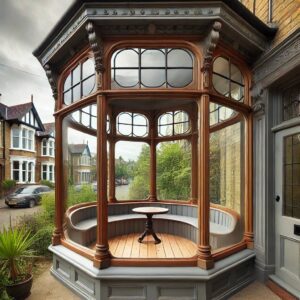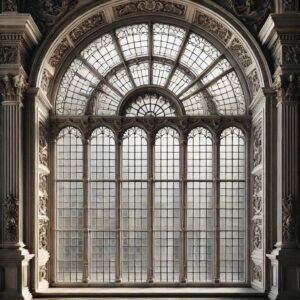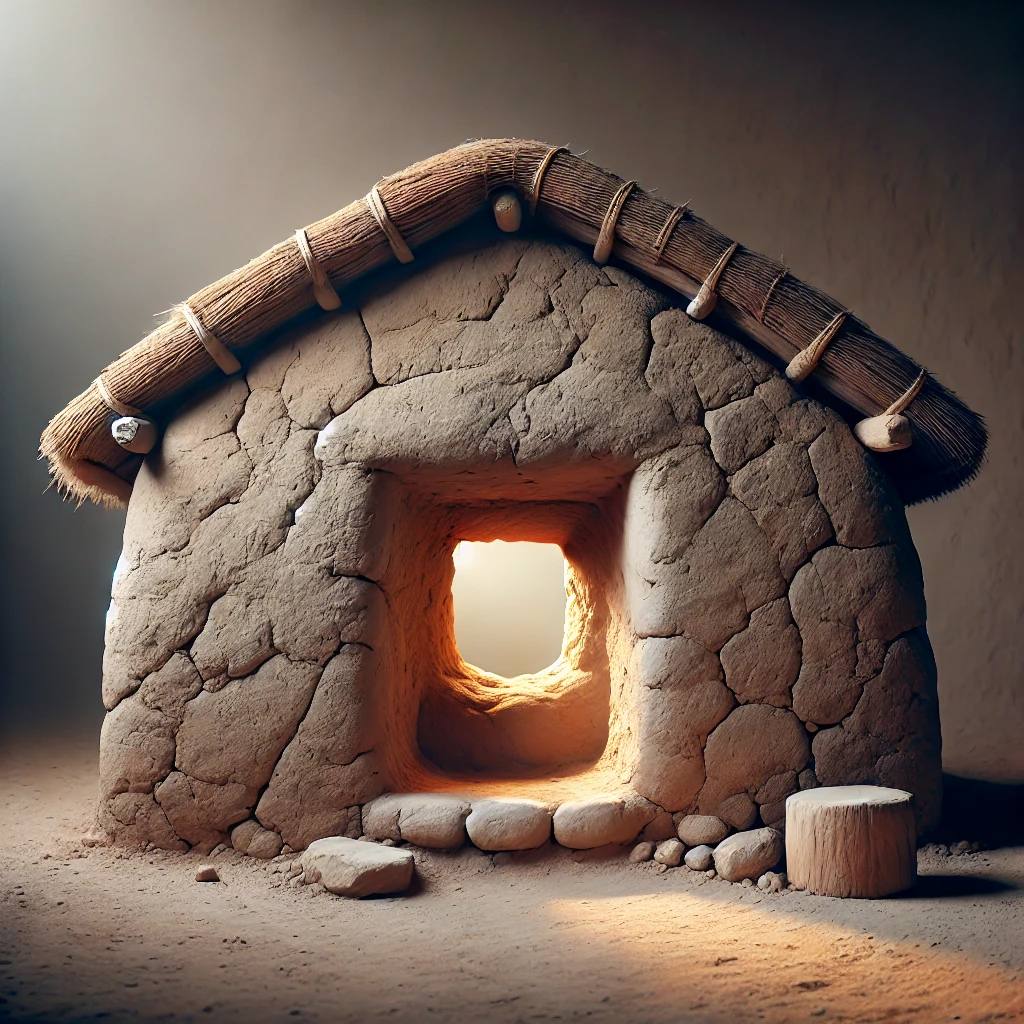Windows are an integral part of our homes today, but their evolution over centuries tells a story of architectural innovation, cultural shifts, and technological advancement. From simple openings in ancient dwellings to energy-efficient, stylish designs in modern homes, windows have come a long way. Let’s take a journey through time to explore the fascinating history of home windows.
Ancient Times: The Earliest Openings
In ancient homes, windows were nothing more than simple holes in walls that allowed light and air to enter. These “windows” were often small and strategically placed to let in natural light while keeping out rain and wind. They lacked glass and were often covered with cloth, wood, or animal hides to block the elements.
The Romans were one of the first to experiment with glass in windows, as early as 100 AD. However, the glass they used was thick, uneven, and only provided limited visibility. These early glass panes were more about allowing light in than about seeing through them.
Medieval Period: The Rise of Decorative Opening
In the medieval period, windows began to take on a more aesthetic role in homes, castles, and churches. Glass was still a luxury, used mainly in churches or the homes of the very wealthy. In many homes, windows were still small, unglazed, and covered with shutters to keep out the weather.
For those who could afford glass, the material was often small, thick, and uneven, pieced together with lead to form decorative patterns. This is the era when stained glass windows became popular, especially in churches, where they were used to tell biblical stories in beautiful, colored panels. Stained glass was not only artistic but also helped diffuse the light that passed through, creating a mystical atmosphere inside the grand cathedrals of Europe.
Renaissance and Early Modern Period Advancements in Glass
The Renaissance era saw improvements in glassmaking techniques, particularly in Venice, where artisans on the island of Murano became famous for their clear and decorative glass. These advancements made glass windows more accessible, though they were still a luxury.
By the 17th century, homes of the wealthy began incorporating larger windows with clearer glass, often featuring multiple panes separated by lead. These early windows allowed more light to flood into rooms while still offering protection from the elements. In Britain, during the Georgian period, sash windows-where the glass panes could slide vertically-became extremely popular, marking one of the most significant innovations in window design.
The Industrial Revolution: Mass Production and Larger Windows
The 18th and 19th centuries, marked by the Industrial Revolution, brought radical changes in window manufacturing. New technologies made glass production cheaper and faster, allowing larger, clearer panes of glass to be installed in homes.
As glass became more affordable, homes were designed with larger windows, flooding rooms with natural light and improving the overall aesthetics of living spaces.
This era also saw the popularization of large bay windows, often seen in Victorian homes, which projected outward from the main walls, creating more space and offering better views.
20th Century: Functionality
Meets Style
The 20th century brought about innovations not just in materials, but in window functionality. Steel and aluminum became popular materials for window frames, offering durability and strength.
In post-World War II suburban homes, windows were designed to be practical, easy to use, and energy-efficient.
During the mid-century modern design movement, architects embraced large, expansive windows that blurred the boundaries between indoors and outdoors.
Floor-to-ceiling windows became a hallmark of this era, offering uninterrupted views of nature and allowing homes to be bathed in sunlight.
Modern Day: Energy Efficiency and Design Versatility
Today’s windows are marvels of
engineering, combining energy efficiency, security, and style. Double and triple-glazed windows with low-emissivity (low-E) coatings are common, reflecting heat back into homes during winter and keeping interiors cool in the summer.
Window frames now come in a variety of materials, including vinyl, fiberglass, and wood composites, offering homeowners numerous choices to match their home’s style.
Moreover, modern windows are often designed with sustainability in mind, contributing to greener, energy-efficient homes. Smart windows, which can automatically adjust their tint based on the sunlight, are among the latest innovations, signaling a future where windows will not just allow light in but actively contribute to the home’s energy management.
Conclusion: Windows Through the Ages
From basic openings in ancient walls to technologically advanced smart windows, the evolution of home windows has mirrored humanity’s journey through innovation, style, and comfort. Today, windows are not only functional but are also key design elements that reflect our desire for light, openness, and connection with the outside world.
*images created with ai




